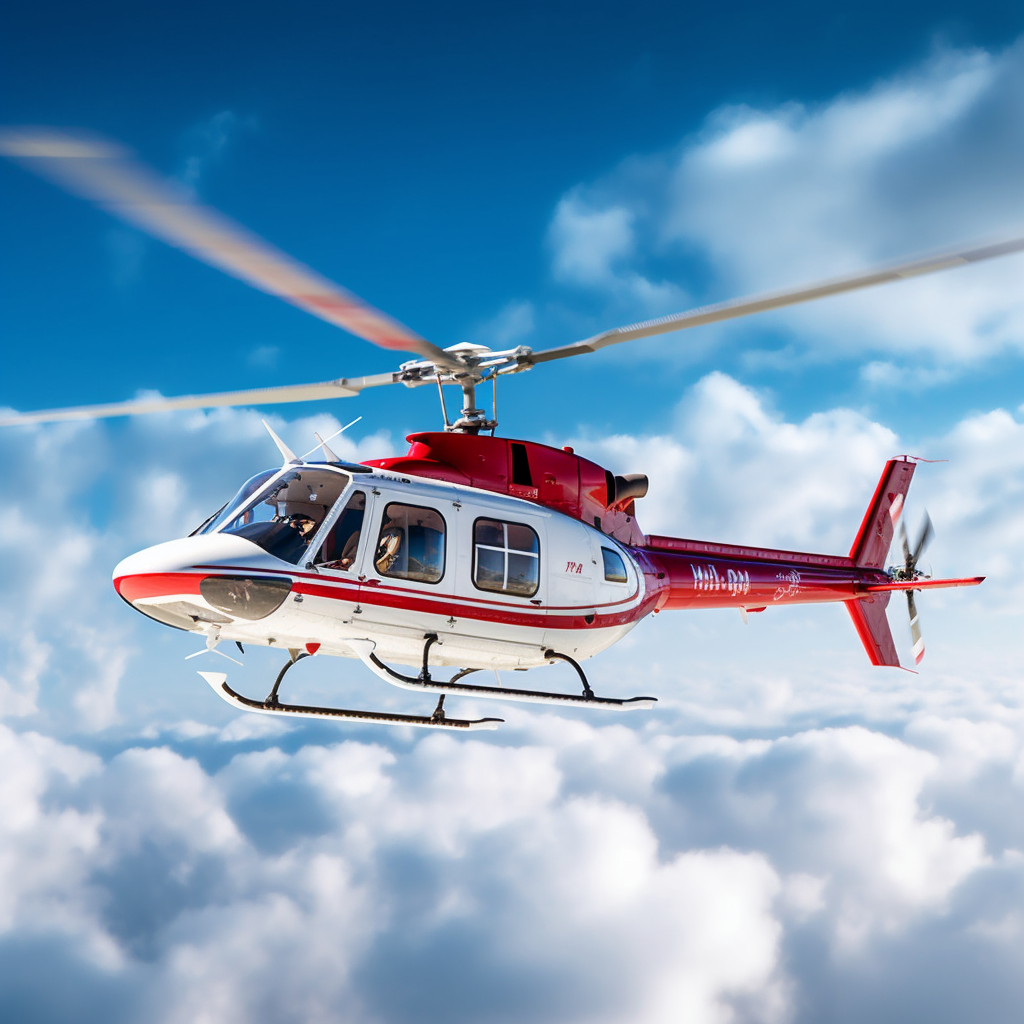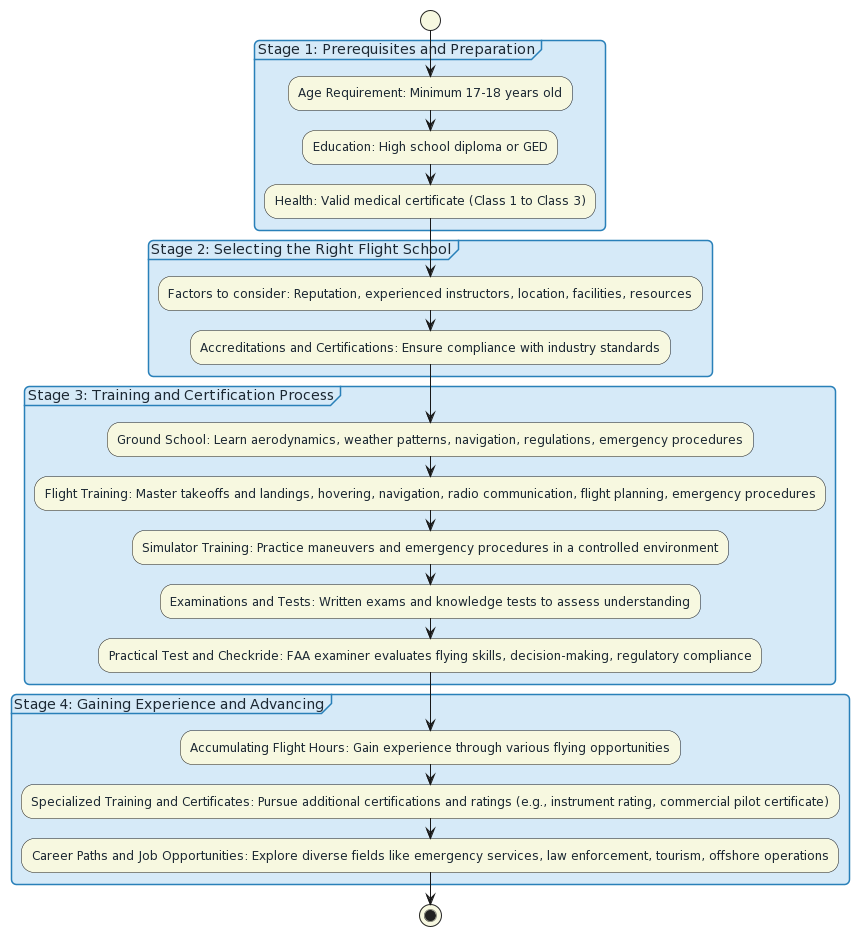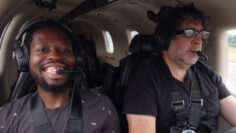How to Become a Helicopter Pilot?

If you’ve ever been mesmerized by the sight of a helicopter hovering in the sky and fantasized about being at the helm, you’re not alone. The allure of flying a helicopter is irresistible to many. This impressive feat of engineering, which can defy gravity and move in a way no other aircraft can, captivates the imagination. It also provides rewarding and varied career opportunities in fields as diverse as emergency services, law enforcement, tourism, and more. However, this exciting career path requires dedication, intensive training, and the right certification. In this guide, we’ll take you through the steps to becoming a helicopter pilot, including the prerequisites, choosing the right flight school, training, certification, gaining experience, and advancing in your career. So strap in, and let’s embark on this fascinating journey into the world of helicopter aviation.
Kicking Off: Prerequisites and Requirements
Before you can lift off, there are a few prerequisites you must meet. Here’s a rundown of the key requirements:

1. Age and Education
You must be at least 17 or 18 years old to begin helicopter pilot training, and most flight schools require a minimum of a high school diploma or GED.
2. Health Requirements
Piloting a helicopter demands certain physical and mental health standards to ensure safe flight operations. The Federal Aviation Administration (FAA) requires pilots to hold a valid medical certificate, which ranges from Class 1 to Class 3, with Class 1 being the most comprehensive.
3. English Proficiency
Since English is the international language of aviation, prospective helicopter pilots must demonstrate proficiency in it. This involves passing exams like the ICAO English Language Proficiency Exam to ensure you can effectively communicate with air traffic controllers and other aviation professionals.
Choosing the Right Flight School
Selecting the right flight school is a critical step towards becoming a helicopter pilot. Here are some factors to consider:
4. Investigating Flight Schools
Identifying the perfect school involves careful research. Look for institutions with an excellent reputation, experienced instructors, and a track record of producing competent pilots. Also, consider the location, facilities, and resources available.
5. Accreditations and Certifications
Go for flight schools that possess the necessary accreditations and certifications. This ensures that they adhere to industry standards and are regularly reviewed for quality. Certifications from aviation authorities such as the FAA are a testament to the school meeting the required standards.
6. Financial Considerations
Training to be a helicopter pilot can be a significant investment. Consider the complete cost, including flight hours, ground school, and equipment. Investigate financing options like loans, scholarships, and grants to help manage the expense.
Training and Certification Process
The journey to becoming a helicopter pilot combines classroom learning and practical experience. Let’s delve into this:
7. Ground School
Here, you’ll learn the basics of helicopter flying, covering subjects such as aerodynamics, weather patterns, navigation, regulations, and emergency procedures. The training typically includes classroom sessions and self-study materials.
8. Flight Training
This is where the fun begins. Under the guidance of certified flight instructors, you’ll master skills like takeoffs and landings, hovering, navigation, radio communication, flight planning, and emergency procedures.
9. Simulator Training
Simulators offer a safe and controlled environment for practising various maneuvers and emergency procedures.
10. Examinations and Tests
Throughout your training, you’ll take written exams and knowledge tests, assessing your understanding of aviation theory, regulations, and operational procedures. Studying well, and using relevant textbooks, online resources, and practice exams, are crucial for success.
11. Practical Test and Checkride
This final stage involves an FAA examiner evaluating your flying skills, decision-making abilities, and regulatory compliance. Once you pass this, you’ll receive your private pilot certificate.
Gaining Experience and Progressing in the Field
After obtaining your private pilot certificate, the journey doesn’t stop. Here’s how you can further your career:
12. Accumulating Flight Hours
As a fresh pilot, focus on gathering flight hours to hone your skills and gain experience. Many pilots begin as flight instructors or perform jobs such as charter flights and aerial survey missions. Volunteering for humanitarian organizations or aerial firefighting also provides invaluable experience.
13. Specialized Training and Certificates
Boost your career prospects by pursuing additional certifications and ratings. For example, an instrument rating enables you to fly in challenging weather conditions using navigation instruments, while a commercial pilot certificate lets you fly for compensation.
14. Career Paths and Job Opportunities
Helicopter pilots can find work in diverse fields like emergency medical services, law enforcement, aerial firefighting, offshore operations, and tourism. Networking, gaining experience, and staying informed about job openings can increase your chances of landing your dream job.
Frequently Asked Questions
How long does it take to become a helicopter pilot?
The journey to becoming a helicopter pilot varies individually. It typically takes several months to a year to complete the training and earn a private pilot certificate. However, accumulating flight hours and gaining experience takes additional time.
How much does helicopter pilot training cost?
Training costs can vary significantly depending on factors such as the flight school, location, and required flight hours. On average, expect to spend between $50,000 and $100,000, which covers ground school, flight hours, exams, and equipment.
What are the job prospects for helicopter pilots?
Job prospects for helicopter pilots can vary based on industry, location, and economic conditions. Fields such as emergency medical services, law enforcement, offshore operations, and tourism typically require skilled helicopter pilots.
In essence, becoming a helicopter pilot is a thrilling journey that demands determination, tenacity and a deep-seated love for aviation. By fulfilling the prerequisites, choosing an apt flight school, undergoing rigorous training, and gaining experience, you can make your dream of soaring through the skies a reality. Remember, the journey is as enriching as the destination. Strive for excellence, and let your passion for aviation lead you to a gratifying career as a helicopter pilot.
Get Engaged
We hope this guide has illuminated the path to becoming a helicopter pilot. Have you ever thought about a career as a helicopter pilot? What obstacles or opportunities do you anticipate? Check out our recent article on “How Fast Do Planes Fly?” to satisfy your curiosity and deepen your understanding of the intriguing world of aviation.







